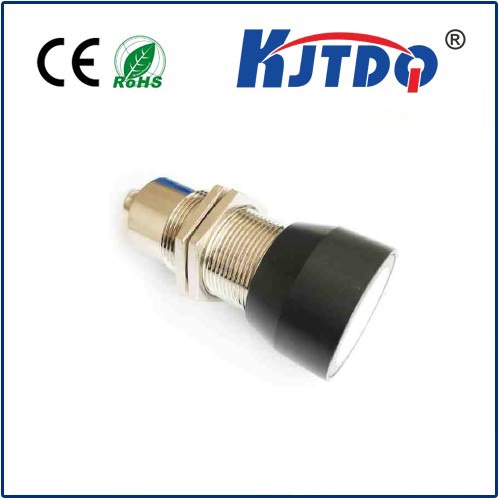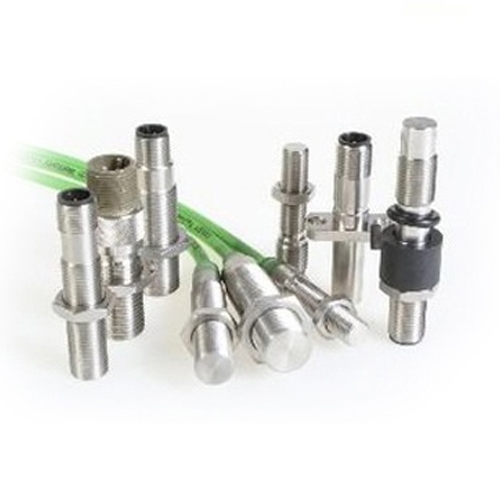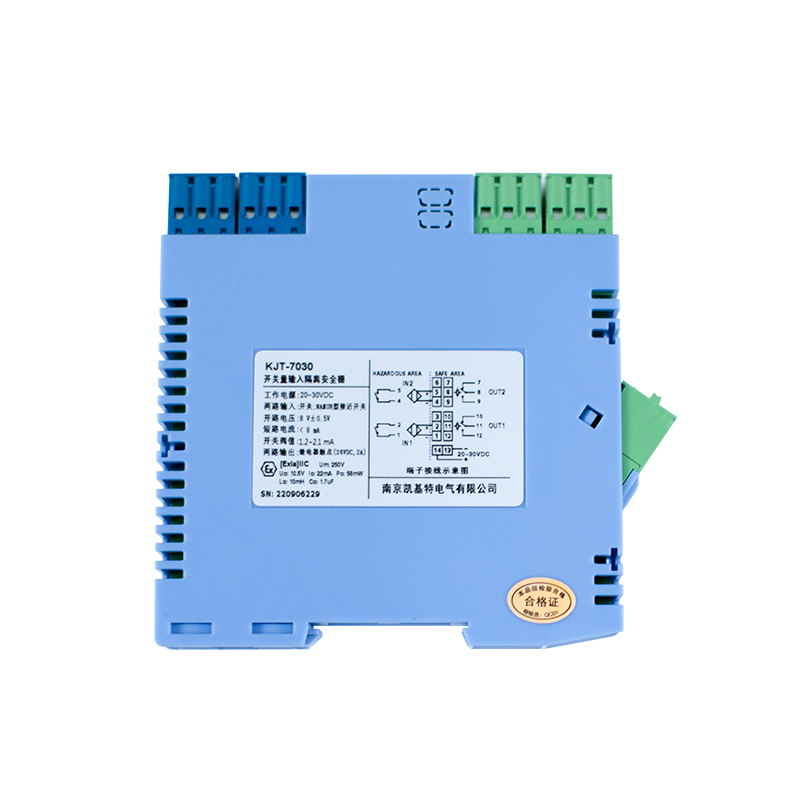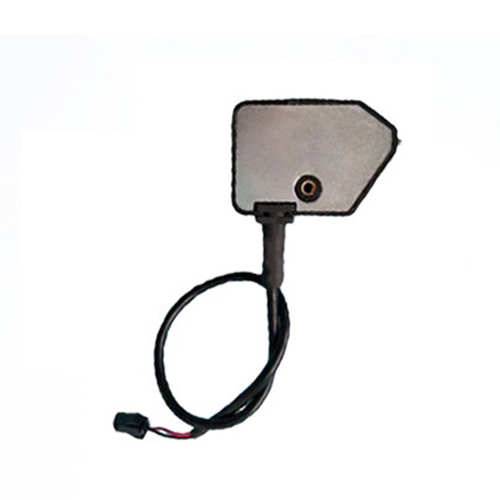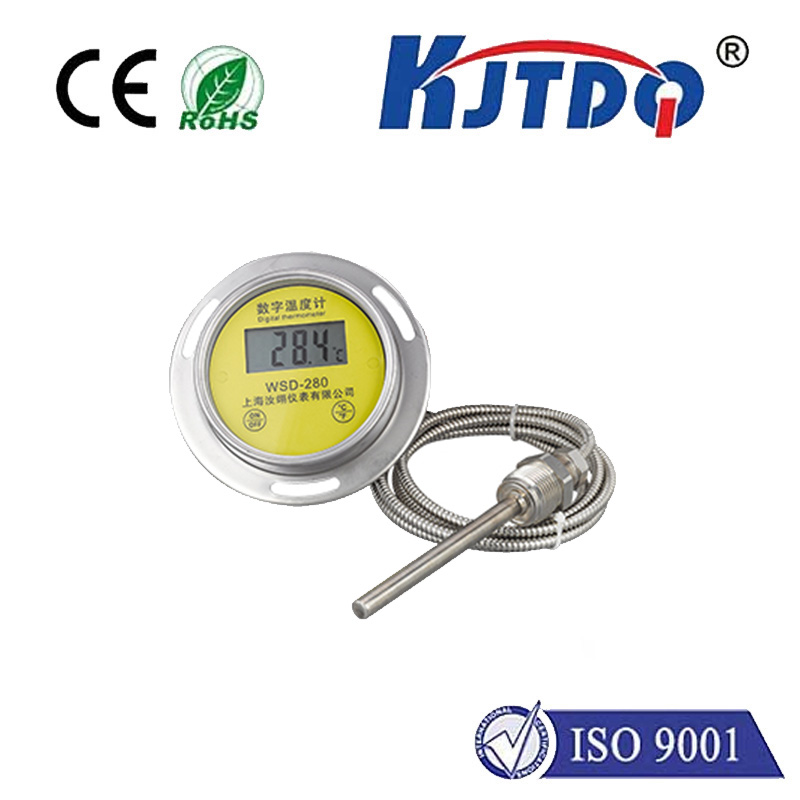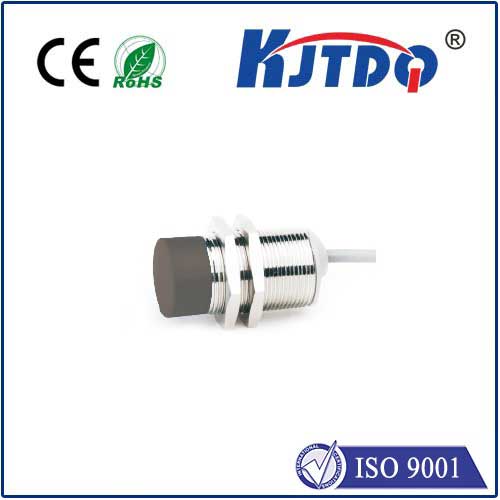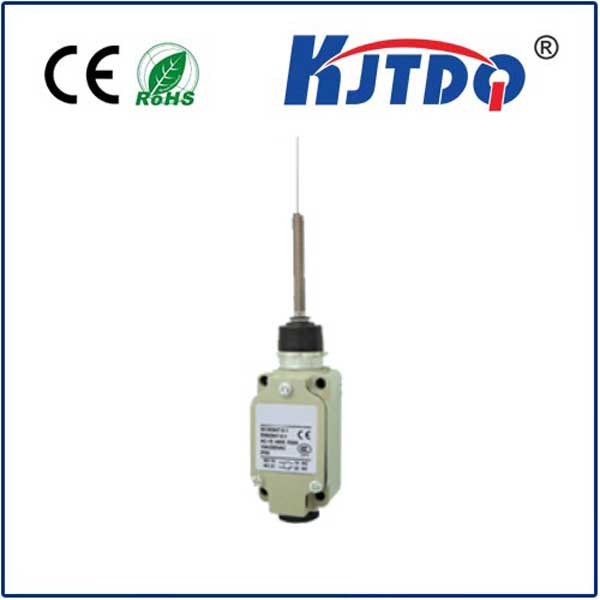

check

check

check

check

check

check

check

check

check

check
Proximity sensors have revolutionized the way we interact with technology and the physical world around us. These innovative devices are capable of detecting the distance between two objects, allowing for a range of applications in various industries. In this article, we will explore the different types of proximity sensors available and their unique characteristics, as well as how they are being used in different fields.
Section 1: Types of Proximity Sensors
There are several types of proximity sensors, each with its own advantages and disadvantages. One of the most common types is the ultrasonic sensor, which uses high-frequency sound waves to measure the distance between objects. Another popular option is the infrared (IR) sensor, which works by measuring the amount of infrared radiation emitted or absorbed by an object. Additionally, magnetic sensors use magnetic fields to determine the distance between two objects, while capacitive sensors rely on the capacitance of two electrodes charged against an object.
Section 2: Applications of Proximity Sensors
Proximity sensors have diverse applications across various industries. In manufacturing, they are commonly used for process control and quality inspection, enabling operators to monitor machine performance and detect defects in real-time. In healthcare, proximity sensors are used to track patient movements, monitor vital signs, and provide alerts if necessary. In transportation, proximity sensors are used for collision detection and avoidance systems in automobiles, as well as for lane departure warnings and adaptive cruise control. In retail, proximity sensors are utilized for inventory management and location-based marketing, allowing retailers to optimize their store layouts and offer personalized recommendations to customers.
Section 3: Advantages and Disadvantages of Proximity Sensors
Proximity sensors offer numerous advantages over traditional methods of measuring distance. They are non-intrusive, require minimal maintenance, and can operate continuously without fail. They also offer high accuracy and precision, making them ideal for applications where precise measurements are crucial. However, there are also some disadvantages to consider. Proximity sensors can be affected by environmental factors such as electromagnetic interference (EMI), weather conditions, and occlusion by obstacles. They may also produce false readings due to interference from other devices or sources of noise.
Conclusion: The Future of Proximity Sensors
As technology continues to advance, it is likely that proximity sensors will become even more prevalent in our daily lives. From smart homes and cities to autonomous vehicles and medical devices, these devices are revolutionizing the way we interact with our environment. As manufacturers continue to develop more advanced versions of proximity sensors, we can expect even greater accuracy, speed, and reliability in a wide range of applications.
